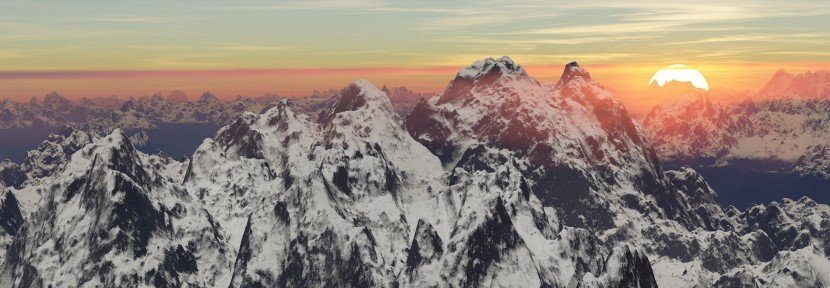We might lose 1/3 of Himalayan glaciers by 2100 due to global warming
 Image via Pixabay
Image via Pixabay
If you hadn’t guessed it before then you can read about it now, global warming is out to get the best of the natural landscapes! Researchers warn that the infamous Himalayan Mountains, located in Asia, will distinctively melt from at least one third to a two-thirds by the year 2100. The extremity is predicted to affect over 2 billion people who reside in the area.
Besides the fact that at current carbon emission rates, the predicted calamity will definitely strike, high levels of counteractive measures will also not suffice. Global warming poses an undeniable looming threat even if emissions were to be drastically cut down.
The glaciers at risk serve as a major life support system around the affected area. For instance, around 1.65 billion people living in China, Pakistan and India, depend largely on the water supply from these glaciers. When the time comes and the glaciers begin to melt, all the communities bordering the Indus River and the waterways in Central Asia will be flooded heavily.
Major flooding has been predicted to occur between 2050 and 2060. Once this happens, all the excess water will run out and all the rivers in the region will begin to parch. This, in turn, will adversely affect the hydro dams that are used to generate electricity and power homes around the locality.
The glaciers will also alter rainfall patterns and make it harder to predict them. Because of this, farmers will face trouble during the farming season as water begins to run out. This has already started to create an impact on the crops, along with the more frequent monsoons which cause erosion and flooding and ruin crops.
“This is the climate crisis you haven’t heard of,” Philippus Wester explains in the report. Philippus works for the International Center for Integrated Mountain Development “In the best of possible worlds, if we get really ambitious [in tackling climate change], even then we will lose one-third of the glaciers and be in trouble.”
If we carry out major changes for the next 50 years, we can possibly protect at least more than half of the glaciers and curve a significant environmental threat. Although no amount of precaution can prevent these inevitable environmental disasters, it can certainly influence to what extent we can mitigate the impact and how long we have before we run out of any shot at a sustainable future.
Source: The Guardian (via Inhabitat)